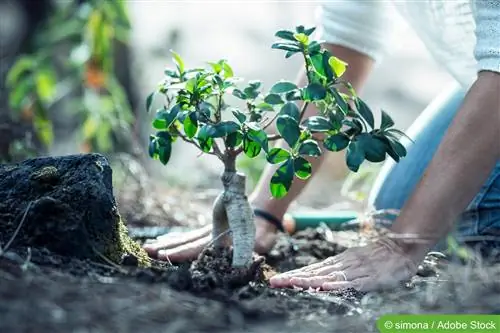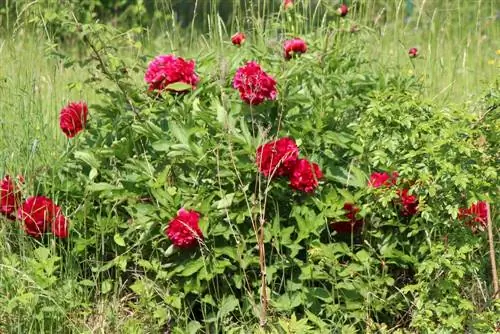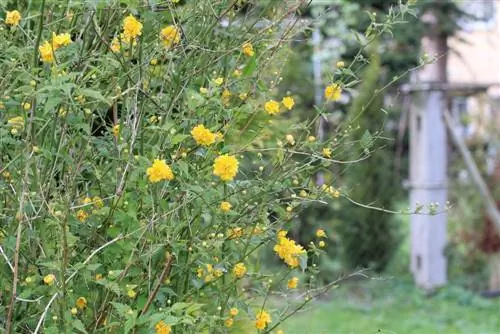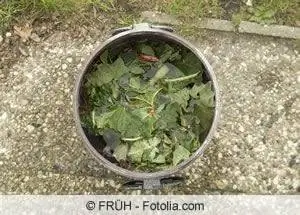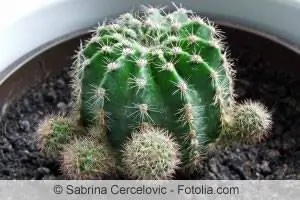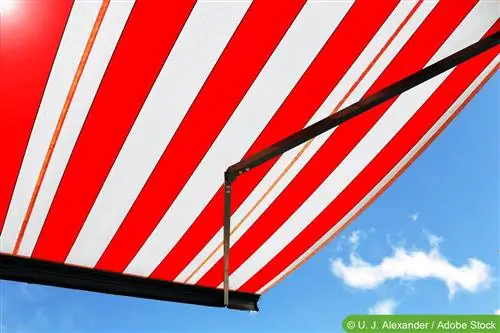- Author admin [email protected].
- Public 2023-12-17 03:39.
- Last modified 2025-01-24 12:45.
Bonsai is a garden art that comes from the Far East. Here, shrubs and trees are kept small through constant pruning so that even decades-old trees fit into a bowl. This art is practiced not only in Japan, but also in China and Vietnam.
The word bonsai comes from the Japanese-speaking world and contains the two word parts bon for “bowl” and sai for “plant”. By cultivating plants and trees in bowls, harmony is to be created between the elements of living nature, the forces of nature and people. Nature is embodied by the plant that grows in the bowl and man by the bowl itself. The forces of nature are usually represented by very fine gravel, which symbolizes water in the tradition of the Far East.
What is a bonsai?
When we talk about a bonsai in Western culture, we generally mean a bonsai tree. However, the art of bonsai extends to much more than just the plant in the pot; it is even a worldview in its country of origin. In addition, it can also be seen as a special art to cultivate the plant, which is actually a tree or shrub in its original history, to a minimum size. But it's not just that, in Far Eastern culture each of these plants has a special meaning. The small-leaved and woody trees and shrubs in particular are planted using the art of bonsai. According to an old tradition, these plants are often cultivated as bonsai:
- Pines, e.g. B. Girl-Pine
- Juniper
- Tricorn Maple
- Field maple
- Fan Maple
- Chinese Elm
- Common beeches
- Azaleas
- Fruit trees
European trees or trees other than those from the Far East can also be grown into a bonsai. These are, for example, spruces or beeches and this has the advantage that these trees are adapted to the local climatic conditions. Bonsais are not only kept as houseplants, but also find their place outdoors in the appropriate size. Tip: always protect bonsai trees outdoors from frost.
Since not everyone has a garden where they can plant a bonsai, indoor bonsai cultivation has developed greatly over time. It is also important to use woody houseplants, otherwise success is not possible. However, it is far more problematic to cultivate a bonsai indoors because the living conditions here are worse than outside. A bonsai needs indoors:
- constantly optimal lighting with 2000-3000 lux over 12 hours a day
- a humidity between 70% and 90%
- Temperatures between 15 °C and 30 °C
A bonsai in the room cannot be placed on the windowsill like a potted plant and left more or less to its own devices. The little plant wouldn't survive that for long. Bonsai plants are often offered in discount stores, such as the so-called Carmona bonsai, also known as hostia tea or Ehretia. June Snow (Serissa foetida) is also often offered as a bonsai at a reasonable price, but both varieties are not easy to care for and only survive in professional hands.
Tip:
Small-leaved Ficus is a robust indoor bonsai and suitable for beginners.
Planting bonsai
If you want to bring a bonsai into your home, you can either grow it from seeds or buy it as a cutting. Some interested parties also use nursery plants for this purpose; with appropriate expertise, a tree will be dug up, especially in the Far East, and then cultivated as an outdoor bonsai. The design rules for bonsai can be very different, so it is not possible to go into everything in detail here. There are some good books on this topic and professional advice can be obtained from professional associations.
These design guidelines focus primarily on the growth habit, the arrangement of the branches, the fine branching and also the appropriate bowl. Even this is not randomly chosen by a real bonsai gardener. The core message for bonsai plants is stated in this sense: A bonsai should appear to the viewer like a three-dimensional sculpture of the natural and free-growing plant, i.e. like a miniature version.
The bowl must also fit such a miniature version of a real tree, because according to the teachings of bonsai, it is what the frame means to a picture. Not only does it support the tree and ensure its nutrition, it is part of the entire work of art. Their shape is crucial for the visual impression, for balance and harmony. These bowls are often chosen by connoisseurs:
- rectangular, unglazed bowls for upright pine trees
- Round or oval shapes for tender trees or for flowering trees
- deep bowls for cascading trees
Special features when cultivating a bonsai
There is a lack of space in the bowl, the limited space offers the roots of the tree only a few options. The small amount of soil must still provide enough nutrients, which is why intensive fertilization is vital. Likewise, the small amount of soil cannot store enough water to be able to pass it on to the roots in the long term. On the other hand, watering threatens to cause the plant’s roots to rot. These problems can be prevented by using mineral substrates. They have now replaced the previously common soil mixtures.
Not only is the supply of water and nutrients difficult, the small amount of soil can also increase pest infestation. However, this can be largely avoided through constant inspection and observation.
Tools for cultivating bonsai
The use of special tools is recommended for planting and cultivating bonsai plants. Some have been put together in a special work case so that they can also be easily stored. In addition to the different sized cutting tools, root hooks, wooden or bamboo sticks and a small earth shovel are also required in order to be able to optimally care for the little pupils.
What you should know about bonsai in brief
Keeping a bonsai is not one of the easiest things. A lot of things have to be taken into account. There are also some differences to normal plants when planting.
- The bonsai is transplanted when the planter becomes too small or the roots need to be trimmed.
- If you plant it after cutting the roots, you must first apply plasticine to the larger root cuts.
- Planting is not so easy because bonsais are placed in fairly shallow bowls. There are a few things you need to keep in mind so that you get enough support:
- Place small plastic nets over the extraction holes and fix them with copper wire. This prevents slipping.
- Then two fixing wires are threaded through the trigger holes.
- The bonsai is then placed in the bowl. The root neck should only be visible above the edge of the bowl.
- The root ball is secured by connecting the two fixing wires.
- The bowl is then filled with soil.
Care must be taken to ensure that the soil also gets into the cavities between the roots. The best way to do this is to use a stick. Finally, the bonsai must be carefully watered until the water drips out of the drainage holes.
The right soil mix is important when planting a bonsai. Young plants have different requirements than older ones. Deciduous and coniferous trees also have different desires. A mixture of 1/3 Akadama, 1/3 humus and 1/3 lava granules is usually suitable for indoor bonsai. You can also add Kiryu, a vitamin clay from Japan, to the mixture. It is used instead of granules. Outdoor bonsai, also called outdoor bonsai, are also planted in bowls. They just stand outside all year round, in a place that is as protected as possible. In winter the bonsai must be sunk into the ground in a protected and shady place.

